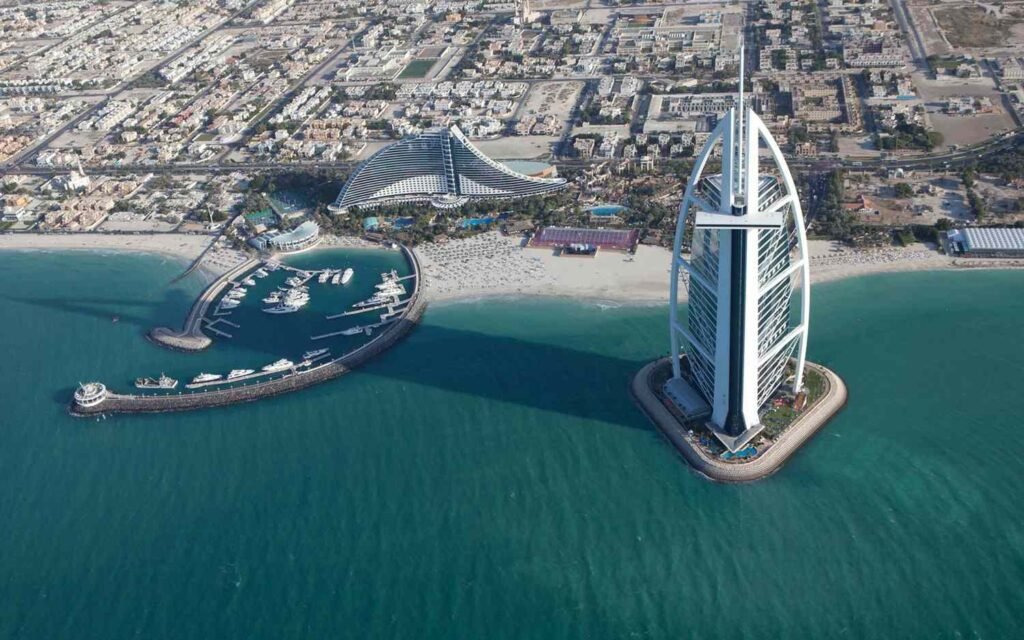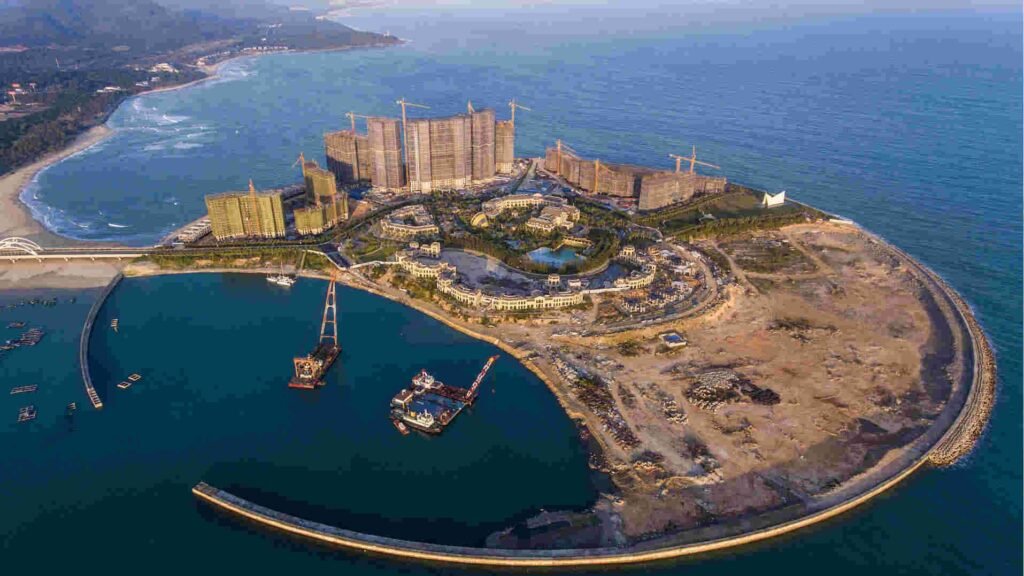As the sea level rises and the population grows, builders all over the world are racing to convert coastal bays and shallow oceans into new land. However, don’t misinterpret this rush of land reclamation as a reaction to the challenges we face. “It’s built for rich people,” says a University of Southampton research.

Land reclamation—dumping sand, rocks, and other materials along coastal areas and building structures like sea walls to keep it all in place—is not new.
According to the newest study, there has been a significant surge in the use of reclaimed land for luxury hotels, shopping districts, and high-end residential spaces—developments targeted at improving a city’s global reputation. Dubai, in the United Arab Emirates, is an example of this prestige architecture. The majority of Dubai’s construction boom has been driven by tourism and economic expansion, particularly to attract rich clients.

But it also highlights the problems associated with land reclamation. The globe in Dubai, a globe map-shaped artificial archipelago and one of the most visible instances of luxury reclamation, encompasses around 50 square kilometers—but construction on the islands has been stopped, and there are accusations that it is already washing away.
Researchers discovered that 106 coastal communities with at least one million people grew towards the sea between 2000 and 2020 by analyzing satellite photos. Asia is in the forefront of this land grab, accounting for 98 percent of the growth.

However, an analysis of data from the Intergovernmental Panel on Climate Change (IPCC) shows that by 2100, more than 70% of this new land will most likely be underwater. Moreover, such reclaimed land is often created on coastal environments like seagrass meadows, reefs, and sandbanks, which destroys these natural barriers to sea level rise and storm surges, so is very bad for climate.
The takeaway, “Never buy on reclaimed land. With the climate emergency, it is time to retreat from these major coastal hotspots of climate change.”
Reference- Hakai Magazine, National Geographic, Interesting Engineering, New Horizon






